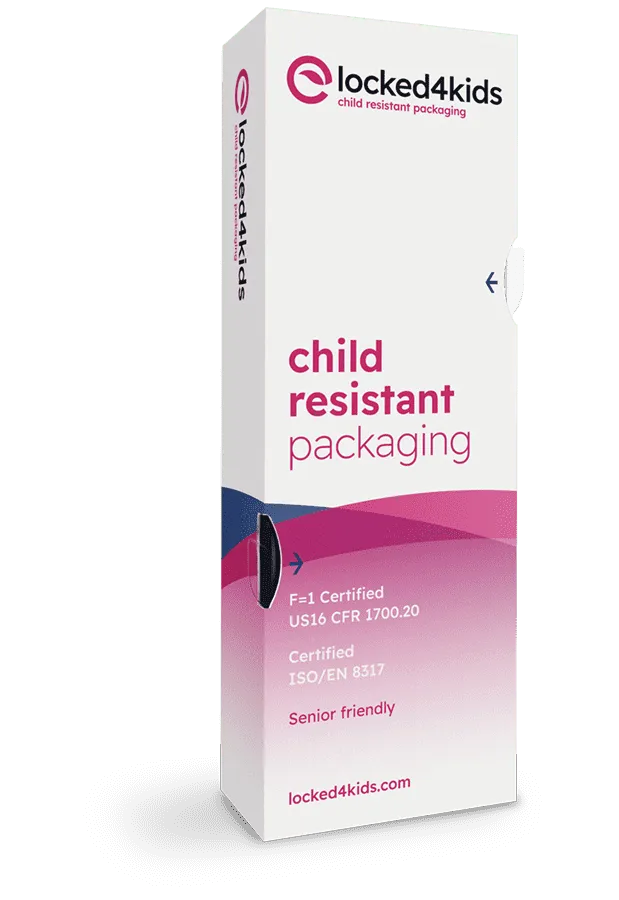Plast z cukrové třtiny, inovativní materiál získaný z obnovitelného zdroje cukrové třtiny, stojí v čele udržitelných obalových řešení. Co to ale přesně je? Jaké jsou jeho výhody a jaká jsou hlediska?
Co je plast z cukrové třtiny?
Sugarcane plastic is created from ethanol extracted from sugarcane, a significant shift from traditional petroleum-based plastics. This bio-based material is formed by converting sugarcane ethanol into ethylene, which is then polymerized into polyethylene. The result is a plastic that mirrors the characteristics of conventional polyethylene, ensuring full recyclability and maintaining industry standards for plastic products.
Is sugarcane plastic biodegradable?
While sugarcane plastic is not biodegradable. Its environmental benefit lies in its renewable origin and recyclability. If biodegradability is a priority, other materials, such as polylactic acid (PLA)or starch-based plastics, might be more suitable. However, these alternatives may require industrial composting facilities to break down effectively.
How to make bioplastic from sugarcane
The journey of creating sugarcane bioplastic involves multiple steps:
- Cultivation: Sugarcane is harvested and processed to extract sugar. The leftover molasses, a byproduct, is used to produce ethanol.
- Ethanol extraction: Fermentation of sugarcane juice or molasses produces ethanol, which serves as a bio-based feedstock.
- Conversion to ethylene: The ethanol is chemically converted into ethylene through dehydration.
- Polymerization: The ethylene is polymerized into polyethylene, creating a bio-based plastic that functions just like its petroleum-based counterpart.
This process highlights the dual utility of sugarcane as both a source of ethanol for plastic production and a carbon-absorbing crop during its growth cycle.
What are the byproducts of sugarcane?
Sugarcane is a versatile crop that generates multiple byproducts during its processing:
- Molasses: A thick syrup used for ethanol production or as an ingredient in food and beverages.
- Bagasse: The fibrous residue left after juice extraction, often used as a bioenergy source or in paper and packaging production.
- Press mud: A byproduct from the filtration process, frequently used as organic fertilizer.
- Ethanol: As the primary feedstock for sugarcane plastic, ethanol is a critical byproduct derived from molasses or sugarcane juice.
These byproducts are great examples of a zero-waste production model.
Výhody plastů z cukrové třtiny
- Udržitelnost životního prostředí: Cukrová třtina během svého růstu pohlcuje CO2, čímž se snižuje uhlíková stopa výsledného plastu. Tato vlastnost staví plast z cukrové třtiny do pozice potenciálně uhlíkově neutrálního materiálu, na rozdíl od výroby tradičních plastů, která je uhlíkově náročná.
- Renewability: Utilizing sugarcane, a renewable resource, lessens reliance on finite fossil fuels, aligning with global sustainability goals.
- Recyclability: Matching the physical properties of conventional plastics, sugar cane plastic can enter existing recycling streams seamlessly.
- Reduced agricultural waste: By utilizing byproducts like bagasse and molasses, sugarcane plastic production supports resource efficiency,
Úvahy a výzvy
Navzdory svým výhodám je používání plastů z cukrové třtiny spojeno s otázkami, které je třeba řešit, aby se plně využil jejich potenciál:
- Agricultural impact: Increased demand for sugarcane could strain land and water resources and potentially displace food crops.
- Processing energy: While it reduces carbon emissions over its lifecycle, the energy required for processing must ideally come from renewable sources.
- Market integration: Integrating sugar cane plastic into the global supply chain poses challenges, including scaling production to meet demand and ensuring compatibility with existing recycling facilities and standards.
Plasty z cukrové třtiny představují slibnou cestu k udržitelnějším obalovým řešením, neboť se vyznačují obnovitelností, potenciálem snižování emisí uhlíku a recyklovatelností. Jeho širší využití však vyžaduje pečlivé zvážení dopadů na zemědělství, spotřebu energie při výrobě a integraci do dodavatelského řetězce. Zajímají vás další nedávné inovace v oblasti obalů? Prozkoumejte je v tomto článku!
Požádejte o bezplatnou stránku sample !






.webp)




